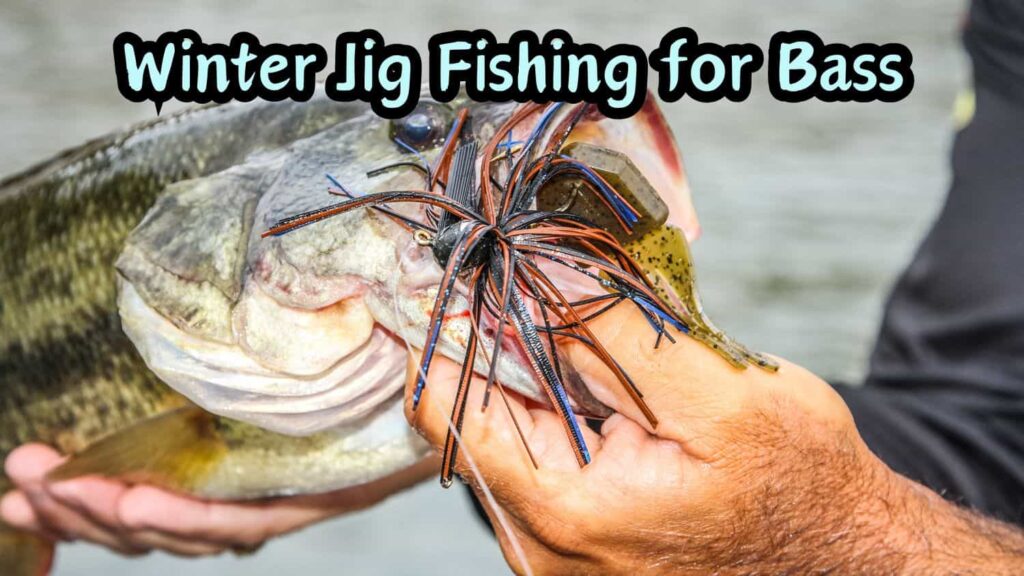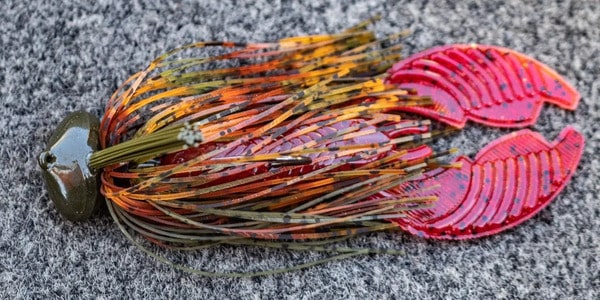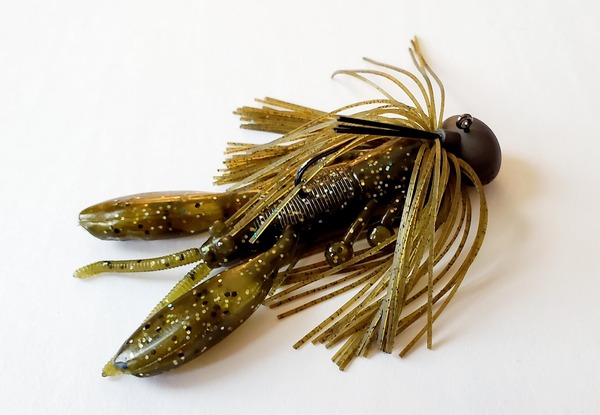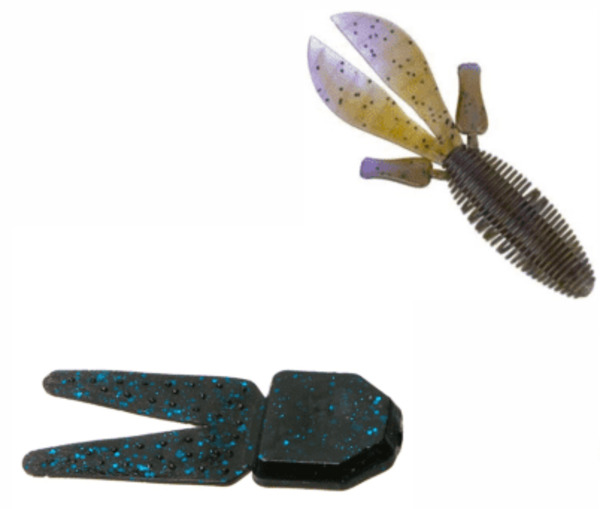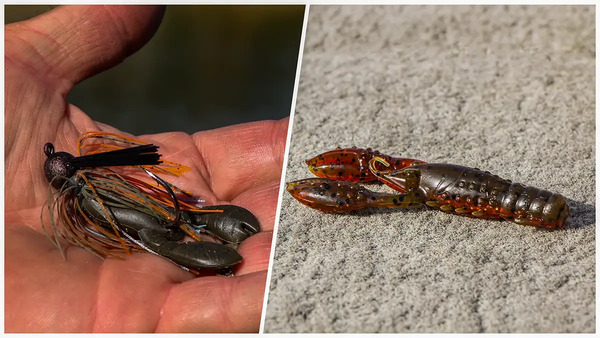Winter Jig Fishing for Bass Guide
Jigs are well known as the Swiss army knives of the fishing industry.
There is a jig style and technique for just about every fishing condition.
But is the jigs still a great lure in the difficult winter fishing season?
And how do you maximize winter jig fishing for bass?
These are just a couple questions we are about to answer for you.
Should You Fish a Jig in the Winter?
I’ll keep this quick. Yes, you should definitely be fishing jigs in the cold, winter water.
Jigs are one of the best certainly one of the most reliable cold water lures.
Which Jigs are Best for Winter Fishing?
There are a bunch of jigs out there and each one of them is specialized for certain purpose.
And not all jig styles are great for winter bass fishing. Your are going to want to stick to football jigs and finesse jigs.
Football Jigs
Football jigs perform best in the hot summer weather and the cold winter weather.
The thing these two seasons have in common is that bass are out deep and a bit sluggish.
Football jigs are perfect for being slowly dragged along the bottom in deep water.
The wide football shaped head will keep the jig upright and balanced which is a much more natural presentation.
The wide jig head will also displace a bit more water which helps bass find it, while still having a subtle and silent presentation.
Finesse Jigs
Personally, finesse jigs are my favorite for winter fishing. The smaller, more finesse profile is perfect for cold water bass.
Bass in the winter have a much slower metabolism. This means that they are able to eat smaller, and less forage.
So even big bass won’t have a problem eating a small, finesse jig.
And the subtle and attractive profile of this bait looks amazing to the bass and persuades them to bite, even when they are finicky.
How to Fish Jigs in the Winter
Slow is the name of the game. Whether you are using a finesse or football jig, you need to retrieve them very slowly.
Bass aren’t going to chase bait on the bottom. You need to make the meal as easy as possible for them.
On top of that, bass aren’t the only thing that slow down in cold water.
The bait such as shad, crawfish, bluegill, eels, and everything else slow down drastically.
This means that bass are on the hunt for slow, subtle moving bait.
What Color Jig to Use in Winter?
For the most part, your jig colors are going to remain the same. Your standard green pumpkins, browns, pale reds, and other standard colors work great.
But there are two color considerations to keep in mind.
Clearer Water
First, winter water is very clear. This is especially important in ponds and small lakes that doesn’t have deep water.
The relatively shallow, clear water will give the bass a very good look at your jigs.
This means you want your colors to be as natural as possible. Stay away from the chartreuse, bright red, June bug, and other more aggressive colors.
Duller Colors
Secondly, all the fish and other creatures will lose a lot of their color in the winter time.
This is because they are eating less and getting very little sunlight. And for you, this means that you should use more pale or dull lure colors in the winter.
Trailer Selection for Winter Jig Fishing
Just like the slow subtle retrieve, you want your trailers to be much more subtle as well.
You don’t want a Rage tail or big flapping claws for your winter trailers.
Less is more. You want actionless trailers that don’t put off any vibration themselves.
Trailers for Football Jigs
Football jigs are the bigger of the two winter jig options. And they are going to require a bit bigger trailers.
The two trailers I like for my winter football jigs are beaver and chunk style trailers.
Neither of these have any of their own action, but they move and undulate very well as the jig is dragged slowly.
And with the chunk trailers, I thread them on just like I do the beaver trailers, rather than popping the hook right through the middle.
This makes the jig much more compact and natural looking.
Trailers for Finesse Jigs
Again, I only use two trailers for my winter finesse jig setups. These are either a miniature beaver trailer, or a realistic crawfish bait.
And to be honest, I use the realistic, compact crawfish baits about 80% of the time.
My favorite is the Great Lakes Finesse Snack Craw. A very realistic plastic like this rigged on a finesse jig is a gorgeous setup and puts more bass in the boat than any other jig setup.
Line Selection
Fluorocarbon is going to be your best bet. Fluoro is nearly invisible which is crucial for cold water fishing when bass are very cautious and finicky.
Fluoro also sinks, which helps to get your jigs down to the bottom quickly in deep water.
If you don’t want to spend a ton of money on a whole spool of fluorocarbon, either use a braided mainline with a fluorocarbon leader, or use co-polymer line.
Co-polymer is super underrated and is the budget fisherman’s dream line.
Reeling this In
Bass fishing with jigs in the winter is highly effective and should be a go-to strategy for cold water bass fishing.
Among the various types of jigs, football and finesse jigs stand out as the best options for this season.
Football jigs excel in deep, sluggish conditions by maintaining a balanced and natural presentation, while finesse jigs offer a subtle profile perfect for bass with slower metabolisms.
The key to success lies in a slow retrieval, mimicking the reduced activity of prey in cold waters.
Color selection should lean towards natural and dull hues to match the winter environment, and choosing the right trailer can enhance the jig’s appeal without adding unnecessary action.
Lastly, using fluorocarbon line will improve your chances by providing invisibility and better sink rates, making your winter fishing experience both productive and enjoyable.

